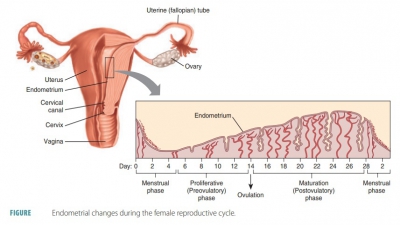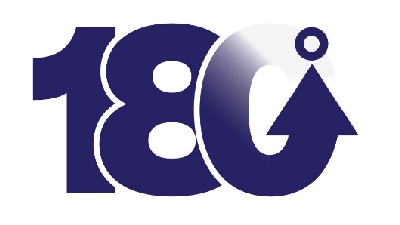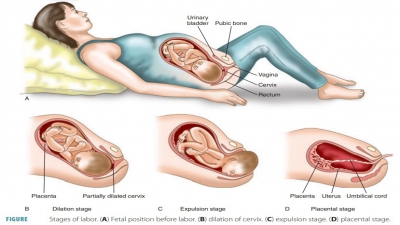Pregnancy and Development
| Home | | Anatomy and Physiology | | Anatomy and Physiology Health Education (APHE) |Chapter: Anatomy and Physiology for Health Professionals: Pregnancy and Development
A basic understanding of human development promotes understanding of anatomical structures.
Pregnancy
and Development
After studying this chapter, the reader should be able to:
1. Describe the process of fertilization.
2. Describe the major events of cleavage.
3. What are the functions of trophoblast cells?
4. Differentiate between an embryo and a fetus.
5. Describe the hormonal changes in the maternal body during
pregnancy.
6. Describe the major events of the early periods of embryonic
development.
7. When does the fetal period begin?
8. Discuss the birth process and explain the role of hormones
in this process.
9. List the three blood vessels in the umbilical cord and the
basic umbilical cord functions.
10. Describe
the length of the neonatal period.
Overview
A basic understanding of human development promotes
understanding of anatomical structures. Additionally, human development and
growth mechanisms are similar to the mechanisms used in the repair of injured
tissues. When a sperm cell unites with a sec-ondary oocyte, a zygote is formed. Normal pregnancy lasts 38 weeks, with a human embryo developing and growing continually before birth. Growth means an increase in size and occurs as a result of
increased numbers of cells and enlargement of newly formed cells. Development includes growth and is defined as
the continuous process of an individual changing from one life phase to
another. The period beginning with fertilization and ending at birth is known
as the prenatal period.
The period beginning at birth and ending
at death is known as the postnatal
period.
Related Topics





